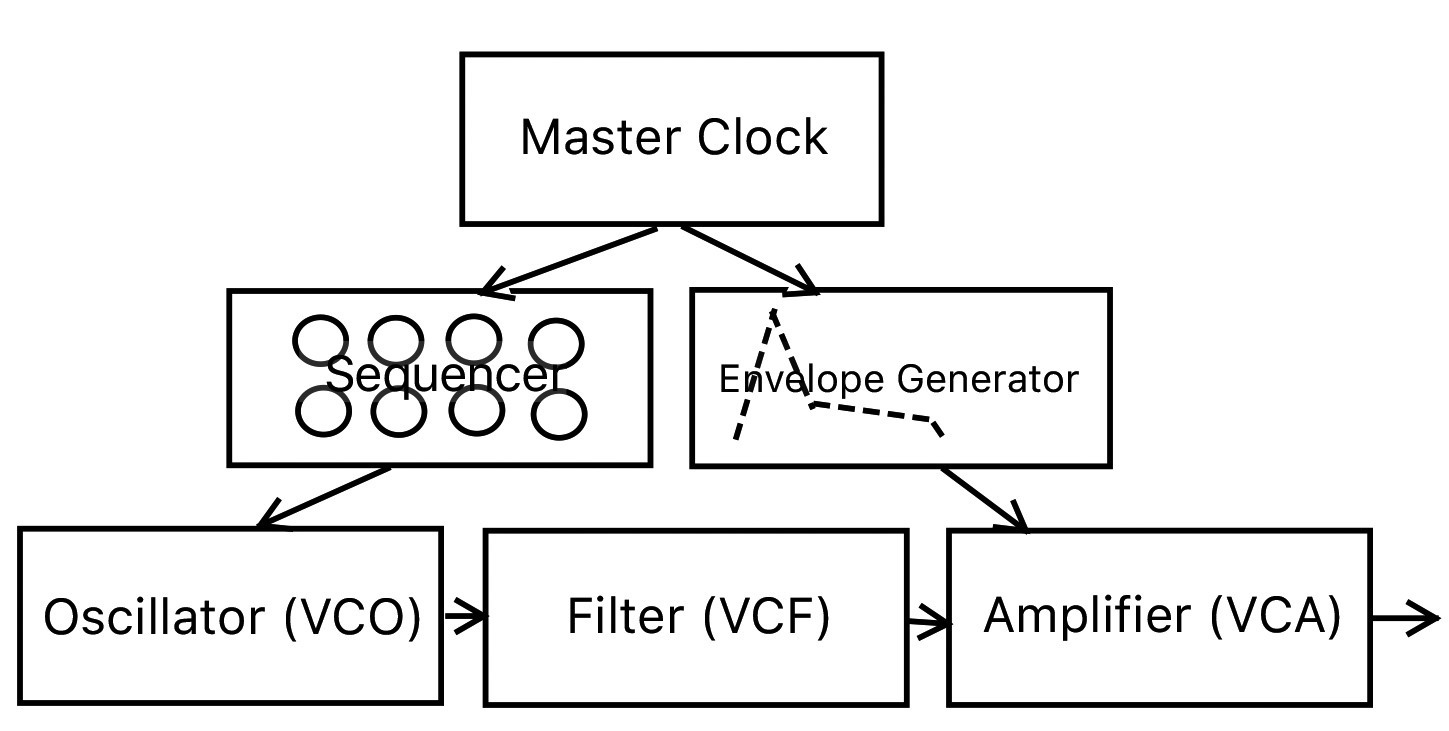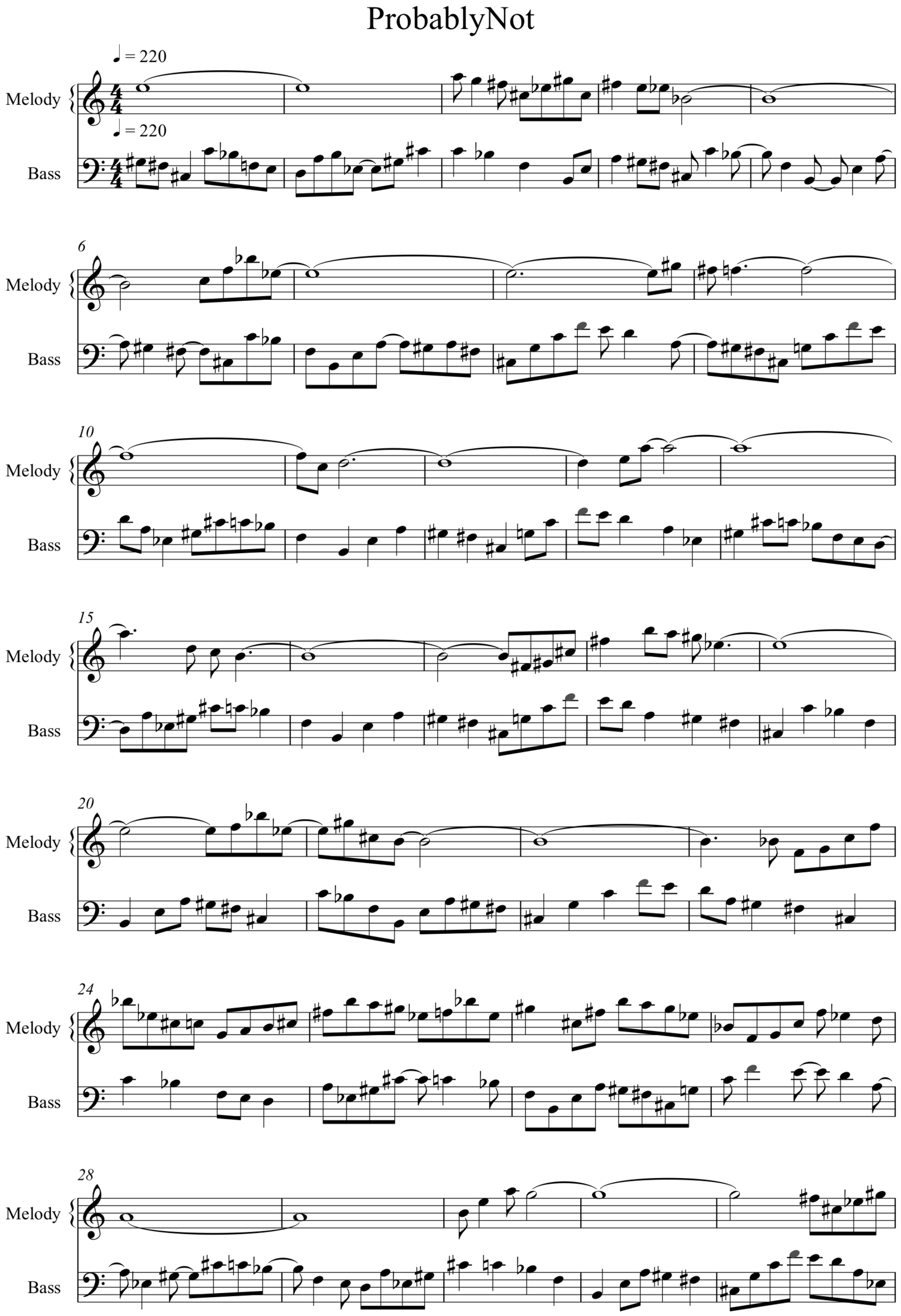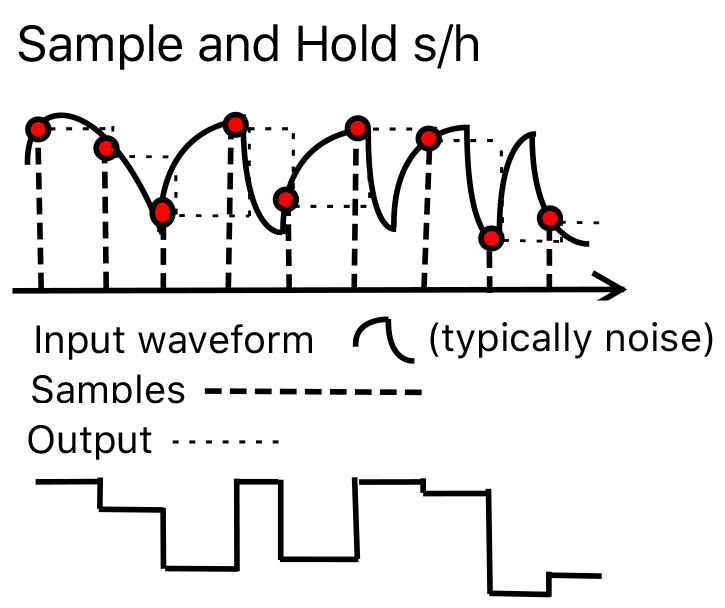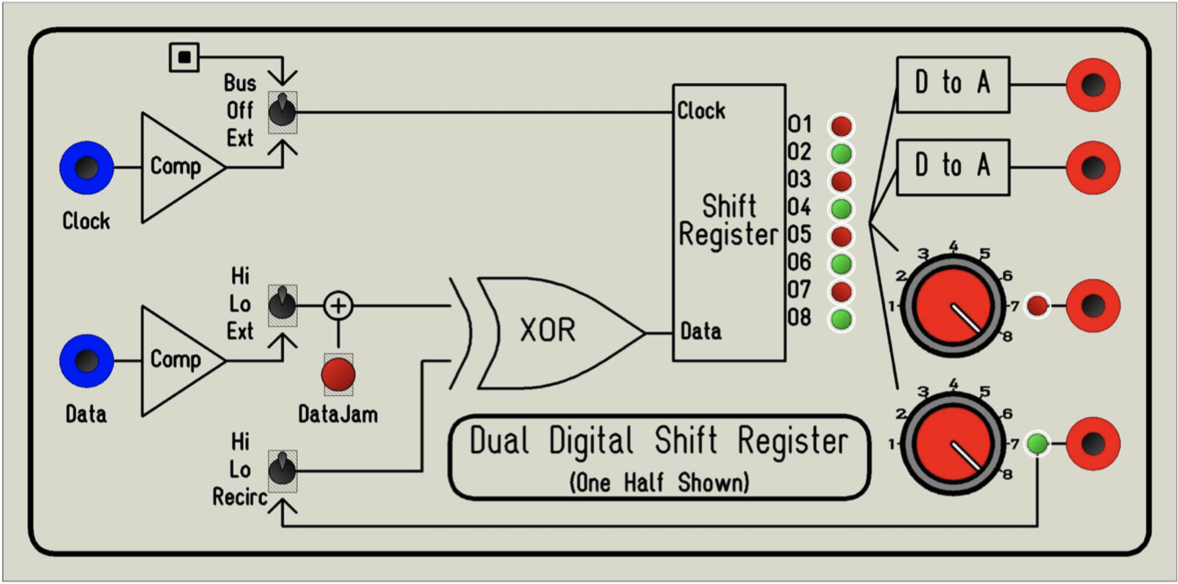Music Research Today 2019
12–14 June 2019, University of Gothenburg
100- Year Jubileum Conference, Swedish Society of Musicology
Paleolitic Hunt
A piece that was originally recorded and released on the Swedish Dragon label by the acoustic free jazz trio Volapyk in 1984. The trio consisted of Peter Jansson bass, Peeter Uuskyla drums, and Per Anders Nilsson on saxophones.
On this rendering, released on the CD Random Rhapsody on the label LJ Records in 1993, the walking bass part is generated by a recursive equation, that originally was used by biologists to study relations between food supply and changes in population. At certain levels the outcome bifurcates, oscillating between two outcomes, then four, and by increasing the input value further, the output becomes chaotic. The output is mapped to musical parameters. In this case the shuffle-type rhythm comes from a bifurcated state, and the pitches from a chaotic state in two separate but synchronized equations.
Mediating Musical Identity -
Designing and playing walking bass on electronic instruments
In this lecture-recital the author presents and demonstrates a number of electronic instruments purposely designed to perform walking bass lines in a free jazz context.
A point of departure is that any musical software mediate aesthetical preferences of its designer in general, and particularities when designing and programming special purpose electronic instruments. Likewise, the identity of a musical work is mediated through instruments employed and performing musicians. This is not a new claim, e.g. Joel Chadabe states:“[...] the instrument is inseparable from the music it produces.” (Chadabe, 2001, p. 271). Another claim is based on thoughts on sonic identity, which is about repeatability and sameness, e.g. expressed in the theory of Permanence and Variation by Pierre Schaeffer, that essentially states: “Permanence of characteristics, variation of values” (In Chion 1983 p. 54), or as Gary Peters, with a Deleuzian term, describes such as different sameness (2018, p 155).
A salient feature in all forms of jazz accompaniment since the 30s is the walking bass, which is “a line played pizzicato on a double bass in regular crotches in 4/4 metre, the notes usually moving stepwise or in intervallic patterns not restricted to the main pitches of the harmony”. The most developed virtual instrument of mine is the Walking Machine, which is thoroughly described in my thesis A Field of Possibilities (Nilsson, 2011) as well as in the ICMC 2008 proceedings. There are however a number of predecessors, as well as successors up to a present rendering, which together make up a work story of virtual walking bass instruments. Heard in the rear-view window, despite using quite different technologies, concepts and algoritms, it displays different sameness, variations of a permanence that mediate aesthetic preferences of its inventor and player, in this case within the realm of walking bass accompaniment.
Probably Not
Generation of new intervals and durations was done with a probabilistic concept; the method of choice was to control transition probabilities, also known as Markov chains of the first degree. The experiments were done in Max, where the prob object controls the creation of new events. One outcome was the composition Probably Not (see score) that has been released on a CD with Natural Artefacts in 2001. The composition consists of two lines: melody and bass. The probability distribution was made up with a strong emphasis on the intervals fourths and seconds. The bass line had a similar probability for intervals but a stronger weight for fourths and octaves and no long durations. Note that no editing was done after the computer generation of the material, just a straight transfer from the midi-file, which was created by Max/MSP, and exported into a score program.
Natural Artefacts: Open Path (Return)
In this project a major tenet is to investigate man–machine interactions. The improvisation group Natural Artefacts includes a mix of acoustic and electronic instruments. Is it possible to program electronic instruments, such as sequencers, samplers, and synthesizers in such a way that an organic “groove and feel” of jazz occurs? No one should however mistake the machines employed for human musicians. The author has composed a number of compositions that in different ways explore this avenue, with an aim to blend elements from diverse musical genres and traditions such as free improvisation, serial music, minimalism, ambient, electronica, and electroacoustic music. What unifies the players involved however, is their jazz back ground. With this new repertoire, comprising of new compositions and improv concepts exclusively created for the present line up, Natural Artefacts continue to explore new and yet unknown musical territories.
The first edition of the Swedish improvisation group Natural Artefacts played regularly for more than 15 years. After a break, when saxophone player Ove Johansson passed away in 2015, the original members Susanna Lindeborg and Per Anders Nilsson created a second edition in 2018 together with the two young musicians Merje Kägu and Anton Jonsson on guitar and percussion respectively.
In this video with Natural Artefacts, from the Nissan Stage in Halmstad in March 2019, the walking bass part is generated in a similar fashion as the previous example, with a s/h circuit, and in addition to an arpeggiator that generates pitches.
Recycling Walking Bass made on a Buchla modular synthesizer at KMH in Stockholm 1983. Basically it is 16-step sequencer and an offset who controls the generation of notes. The sound is produced by an oscillator (VCO) that is routed through a filter (VCF) and finally a voltage controlled amplifier (VCA) that is controlled by an envelope, which in turn is triggered by a master clock.
Dolores
This example is taken from a recent project that investigated music by Miles Davis. This particular composition was first released on the album Miles Smiles from 1965. On the original, bass player Ron Carter plays a free modal walking, his role is as much as time keeper as outlining the harmonic ground.
The Walking Machine
The Walking Machine is a realtime controlled generative rhythm section, which has been developed for live performances in a free jazz context. The Walking Machine provides a stable rhythmic platform and basic swing as well as being dynamic enough in order to allow its player to interact with other musicians in a direct musical way. A Game pad is used as the controller, with realtime access to high-level parameters that controls probability distribution of intervals and durations, the performer controls the overall behaviour of the instrument. The instrument is allowed to sound and act “artificial” at the same time retaining the traditional role of a rhythm section. I suggest that The Walking Machine expresses some of my musical preferences. Development and evaluation relies on the author’s experience as a practicing musician on saxophone for many years. Full paper from ICMC 2008.




